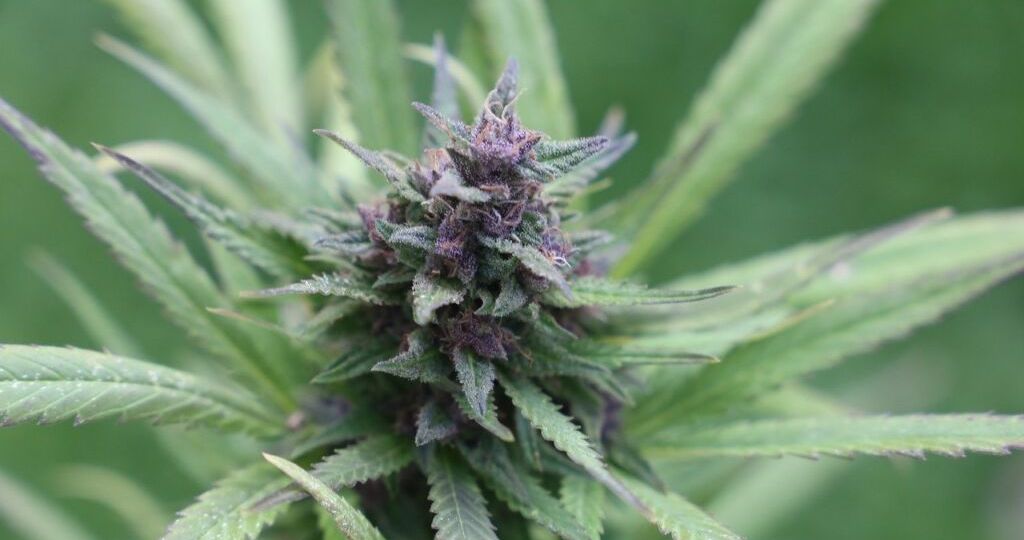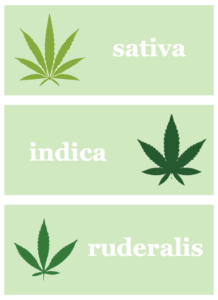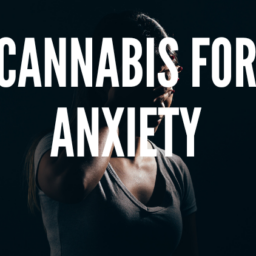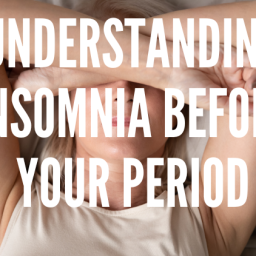
Let’s get real for a second – despite Hollywood and government efforts which make it appear so, marijuana doesn’t always go hand in hand with a bong or the midnight munchies.
While the recreational use of marijuana is on the rise due to the recent legalization in 11 states in the US, the medical use of cannabis has been legal in California for over two decades!!
At this point you might be confused, wondering: “well what’s the difference?”
Cannabis, weed, marijuana… tomayto, tomahto.
We’re here to set the record straight, because these terms are not interchangeable. Let’s start by defining the basics:
Cannabis is the plant itself.
Marijuana (sometimes called weed) is in reference to the viable seeds, leaves, and flowers of the plant. These portions of the plant contain cannabinoids.
When ingested, cannabinoids (known as THC and CBD) have both mental and physical effects on the human body. Tetrahydrocannabinol (THC) is the plant’s primary psychoactive component and leads to a euphoric mental state. Therefore, higher concentrations of THC are typically found in recreational cannabis. Believe it or not, the other cannabinoid found in cannabis – Cannabidiol (CBD) – is said to oppose the euphoric effects of THC. CBD is known to have a wide variety of therapeutic effects, including but not limited to anti-inflammatory, anti-epileptic, and antioxidant properties. Research is discovering many more non-psychoactive cannabinoids in cannabis and each has its own powerful and positive effects in the human body. CBG and CBN are two examples.
Within the plant are also non-cannabinoids, meaning they are not unique to the cannabis plant. Terpenes are responsible for the smell and aroma of the plant, and allow for the wide variety of flavors available. Flavonoids work with other chemicals in the plant to reach a pigmentation.
The reason cannabis continues to get a bad rap is because of historical efforts by industries that use hemp, which is a cannabis plant with a different genetic makeup than marijuana. Hemp fibers are useful to make items such as fabric, paper, rope, and building materials.
In the early 1900s, the textile and petrochemical industries realized that a widespread production of hemp would decrease their earnings – so they took action to criminalize cannabis in its entirety. They were successful – public opinion shifted to disapprove of cannabis and it was outlawed by the 1932 Uniform Narcotic Drug Act.

There are 3 species of cannabis: sativa, indica, and ruderalis. Sativa and indica are the most popular. Sativa is associated with a more stimulating and energizing effect. It is said to lead to an increase in energy and a “head high”. On the other hand, Indica – or better yet “in da couch” – is associated with more relaxing and calming effects.
Since skepticism exists over the actual differences in the strains and because most plants grown are hybrids of both strains, it is more important to look at the chemical composition of the plant (in other words, the CBD to THC ratio).
We know there is an overwhelming amount of information out there on cannabis, but it’s important to start with an open-mind and get your questions answered. Visit a local dispensary, listen to a podcast, watch a cannabis crash course – the opportunities are endless and we suggest you take them!
-Brooke Kenerson















[…] and more conversations with all the people in my life about my experience with menopause and how cannabis can be a natural, non-harmful way to find […]
[…] isn’t always resolved by menopause. While those truths are far from ideal, the good news is that cannabis might just be the answer to the struggles caused by […]